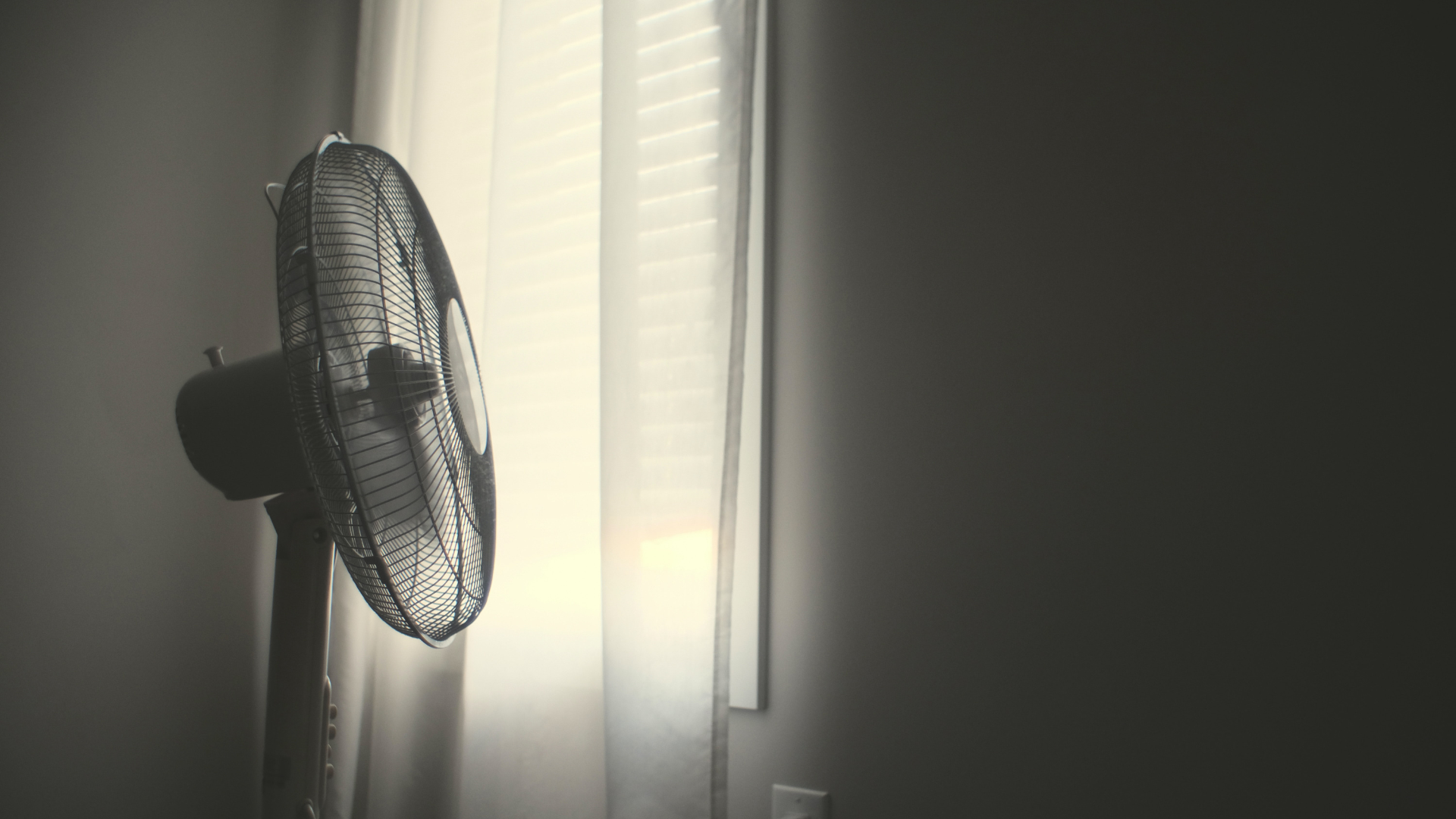Tips for Keeping Cool
This summer, the UK has experienced unprecedented heat waves, serving as a stark reminder of the intensifying impacts of climate change. Temperatures climbed well above 37°C, with Coningsby in Lincolnshire hitting an astonishing 40.3°C, marking the highest temperature ever recorded in the UK. Alarmingly, nine out of the ten hottest days on record have occurred since 1990. It's hard to dismiss climate change as the primary driver behind these records. Adding to the challenges, the UK is grappling with a severe cost of living crisis. Inflation surged to 10.1% in July 2022, a level not seen in four decades, compared to the average of 2.6% in 2021. Energy prices are skyrocketing, with the current price cap at £1,971, representing a £693 increase from the previous level. With another hike anticipated in the upcoming price cap review in October, many are seeking affordable ways to stay cool without breaking the bank. As temperatures soar, here are some practical tips shared by British residents on staying cool without relying heavily on electricity: 37% of Manchester residents are keeping their curtains closed during the day. Direct sunlight can transform your home into a greenhouse, warming up the glass and transferring heat indoors. While double-glazed windows offer better insulation, they're not immune to this effect. By keeping curtains shut during the day, you can significantly reduce the amount of sunlight entering your home, keeping it cooler naturally. 46% of people in Birmingham are seeking shade when outdoors. We Brits sometimes underestimate the risks of prolonged sun exposure. Even mild sunburn can occur quickly, especially between 10 am and 3 pm when UV levels peak. This summer, UV levels reached the maximum rating of 10, posing a heightened risk of sunburn. Opting for shaded areas or wearing protective clothing is crucial for staying safe. 21% of Cardiff residents are commuting by car to enjoy air conditioning. Walking, cycling, or taking public transport can be uncomfortable in the heat, leading many to opt for car commutes instead. However, this approach isn't environmentally friendly, as increased traffic contributes to pollution and higher fuel consumption. With fuel prices rising, these trips can also strain household budgets. What are British residents planning to do to lower their energy costs? As the next price cap increase looms, many are considering alternative strategies to manage their energy expenses: 18% of Leeds residents plan to ask for a raise from their employers. Inflation has outpaced wage growth, leaving many workers struggling to cover essential expenses. Public sector strikes are becoming more common, and similar pressures are starting to emerge in private companies. Asking for a salary adjustment is one way some individuals hope to regain financial stability. 5% of Brits are considering relocating to homes with pre-installed solar panels. Solar panels provide a sustainable way to cut energy costs. They harness renewable energy, producing electricity without harmful emissions. This summer, solar panel efficiency has been impressive, even on overcast days. Investing in solar energy not only helps save money but also supports environmental sustainability. Are you thinking about installing solar panels at home? Get in touch with us today to learn more about how solar panels can benefit both your wallet and the planet. Leg press trainer,Seated leg curl &Extension exercise,Plate Loaded Squat,Treadmill Xuzhou Hongxing Gym Equipment Co., Ltd , https://www.hxygym.com